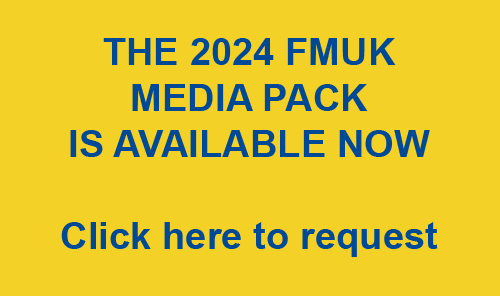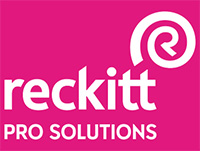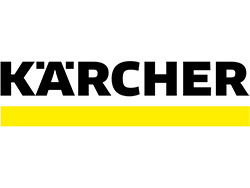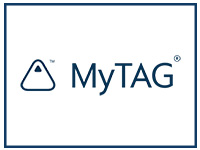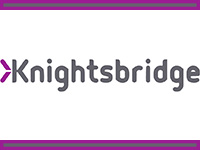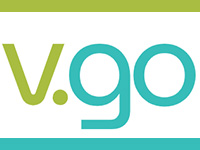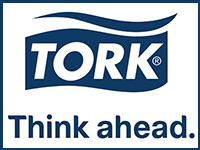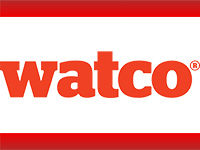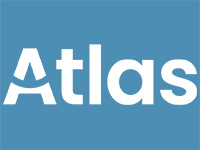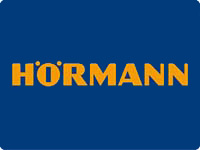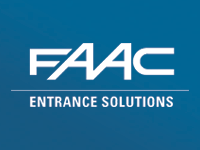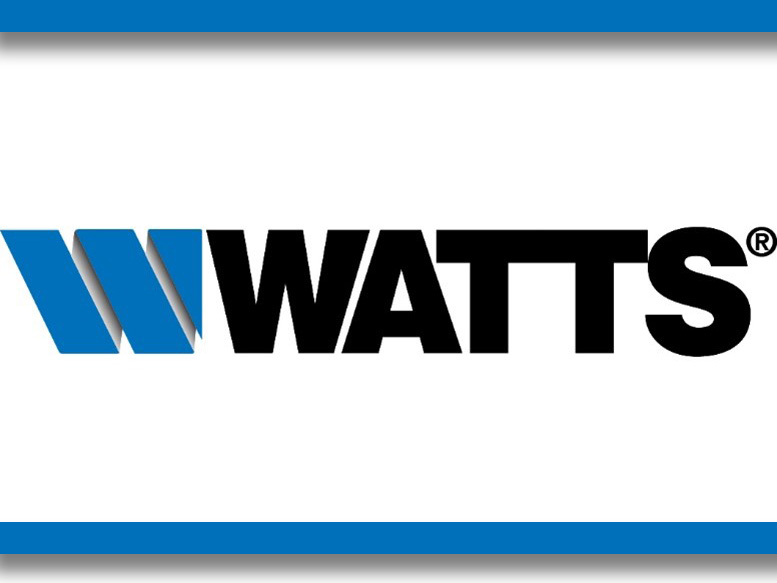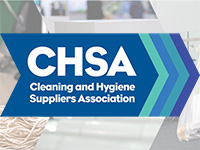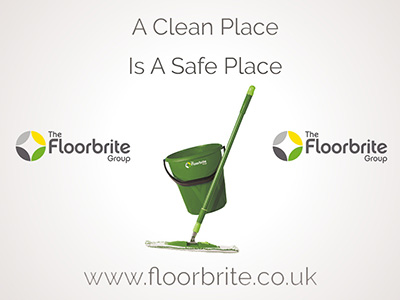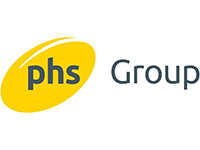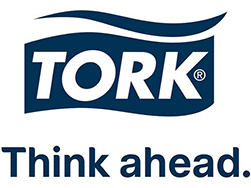The Duty To Care
Why And How Health And Safety Professionals And Facilities Managers Can Put Caring At The Forefront, And What Does Health And Safety Look Like In 2021 And Beyond?

By Malcolm Tullett, Health And Safety Expert at Risk and Safety Plus.
Health and Safety is all about the common law duty of care. The 1974 Health and Safety at Work Act states that all employers “shall ensure, so far as is reasonably practicable, the health, safety and welfare at work of all [their] employees”, and those ‘general duties’ are extended to non-employees affected by the activities. The devil is always in the details and this wording has a great deal of scope for individual interpretation about what ‘what is reasonably practicable’ means!
I’m sure that like me, you will be able to cite examples of workers being treated poorly as well as callous individuals who are just too preoccupied with their own wellbeing to care.
History has sadly shown that those with responsibility over others have repeatedly failed.
In response to these failings, the courts have quite rightly imposed a duty of care on the caregivers to ensure that they provide the level of care required.
Everyone’s duty of care is different and might well be determined by how caring an individual is in all areas of their lives. Some, and thankfully this is a small minority, will still simply try to avoid their duty of care at any cost. It does not matter to them that they might be found out in court, let alone punished. Then there is a much larger group of people who see care as simply a matter of compliance. They will produce a form, usually based on a tick box list to either jog their memory or worse, to provide evidence that they have exercised their duty of care just in case something goes wrong.
Facilities managers, whether they are performing a hard or soft role will need to work closely and collaboratively with other health and safety management personnel. They will be an important conduit for passing on information to line managers and purchasing staff to ensure compliance and ensuring that facilities are still ‘fit for purpose’. There may be specific requirements for additional or refresher training for staff. Considering and coordinating this with the HR team should be a priority and making sure an organisation’s training matrix is up to scratch should be actioned and not stuck on the ‘to do’ list.
Now more than ever, facilities managers, in collaboration with health and safety professionals, may well find that their own duty of care credentials need to be evidenced and put centre stage with their own staff and clients. They will need to ensure their compliance teams and providers have the skill sets, flexibility and empathy to lead them into the new, different working arrangements. Individual staff needs and circumstances must be properly assessed and ‘care-fully’ addressed, as a one-size-fits-all time saving approach could prove very costly.
It has already been reported that increasing numbers of lawsuits are being prepared across the country relating to staff who are being asked to work from home and those who are being told to return to the workplace. Employers will find themselves more vulnerable to legal action if they apply their duty of care without a huge dollop of sensitivity and care!
Covid has impacted on everyone. Some of us have enjoyed avoiding the daily work commutes and being able to work in relative solitude and isolation. People are by nature social animals, and indeed lack of socialisation and interaction with others has seen an increase in depression and other mental health issues. Not being on top of your game will not only impact on productivity but may also lead to an increase in work-related incidents. Line managers who have taken the time to plan and are prepared for ‘what ifs’ in terms of early intervention, being extra vigilant and listening to their gut will probably weather any storms better than those who simply carry on regardless as before.
The health and safety aspect of facility management is already looking very different in 2021. Preparing a Covid-friendly workplace has been paramount and indeed the Health and Safety Executive has been carrying out extra spot checks and inspections. Adequate ventilation, appropriate cleaning and good hand hygiene have all been assessed (and checked) as well as the number of staff a work area could accommodate safely.
Keeping up to date with frequent Covid changes to rules and regulations has been a minefield for facility managers. Greater reliance has been placed on health and safety providers to do the heavy lifting to give regular and timely updates, so compliance was maintained in very challenging times.
As staff return to the workplace, but in many cases only at certain times and days of the week, there are other issues which will need to be addressed. Do staff employment contracts cover changes to working practices? Will redundancies need to take place? Will start times need to change to avoid public transport peaks? Do staff working from home have, first of all, ‘suitable’ accommodation? Or should they not be allowed to work from home, and only then, do they have the right equipment, from back -supporting chairs to computer firewalls and security software to prevent data breaches?
Obviously, any such employment changes need to be discussed, agreed and properly documented.
What will you do if a member of staff refuses to return to the workplace or doesn’t want to continue working from home?
Indeed, if you thought the worst was behind us – then you might need to think again. More questions and considerations will arise as we settle into the new, different environment. Hybrid working may become the preferred option for employers and employees, so processes and procedures will have to evolve to protect people and property.
Facility managers will need to be flexible and adopt new ways to support staff and clients with a strong emphasis on wellbeing and HR good practice, support and new initiatives. Automation of the clunky form-filling and risk assessments to allow easy access and updates, together with appropriate reminders to perform regulatory health and safety tasks and processes will help reduce the workload and stress levels for managers.
If you have stuck with your health and safety team out of ease despite reservations, now could be the right time to change. The right fit could energise your own way of thinking and help you navigate the tricky and often emotional aspects of management. Good relations will be especially important in 2021 and beyond. Empathetic safety providers who can see the issues through the eyes of a worker or client and assist in implementing solutions could prove a very prudent acquisition. Outsourcing more of the technical or very specialised stuff could save time, be more cost-effective and make your organisation safer.
Word of mouth and testimonials are often more reliable ways to find jewels in the health and safety crown. Ask around, take a look at local social media websites and post a request for recommendations. Supporting and choosing a local provider is often a wise option especially in an emergency when you need a rapid response.
‘Profits before People’ will more likely need to change to ‘People First to Profit’.
It may well benefit your organisation, your staff and yourself if you build a team with people who can embrace the new ‘different’ and who are care-full rather than care-less! Throw out the cookie cutter approach and use your skills and instincts to craft the shape of your organisation and management style to build back stronger, safer and healthier!
Click the article to enlarge it.






